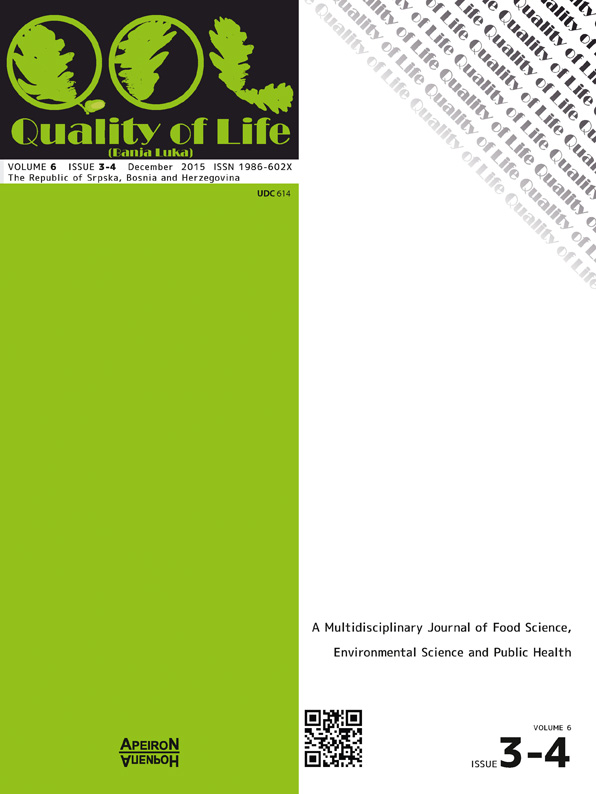The Design of Glass Fiber//Epoxy Composite Pipes by the Implementation of the Full Factorial Experimental Design
DOI:
https://doi.org/10.7251/QOL1503083MAbstract
In the present work, the attempt was made to assess the applicability of the full factorial experimental design in predicting the hoop tensile strength of glass fiber/ epoxy resin composite pipes by using of a split disk specimens. Split disk tension tests, provide reasonably accurate information with regard to the apparent tensile strength of composite pipe.
In the study we used a number of composite pipes with different fiber orientation, fiber tension and velocity of the winding. The composite pipes were made by using of filament winding technology includes winding of resin impregnated fibers into a tool and hardening of the wound structure.
The preparation of the composite experimental samples was conducted in accordance with the 23 full factorial experimental design. The winding speed of the composites was taken to be the first factor, the second was the fiber tension and the third winding angle. The first factor low and high levels were set at 5,21 m/min and 21 m/min, respectively, for the second factor – at 64N and 110N, respectively, and for the third factor – at 100 and 900. To approximate the response i.e. the hoop tensile strength of the composite pipes within the study domain (5,25 – 21) m/min x (64-110)N x (10 – 90)0, the first order linear model with the interaction was used. The influence of each individual factor to the response function was established, as well as the influence of the interaction of the two and three factors. We found out that the estimated first-degree regression equation with the interaction gave a very good approximation of the experimental results of the hoop tensile strength of composites within the study domain.
